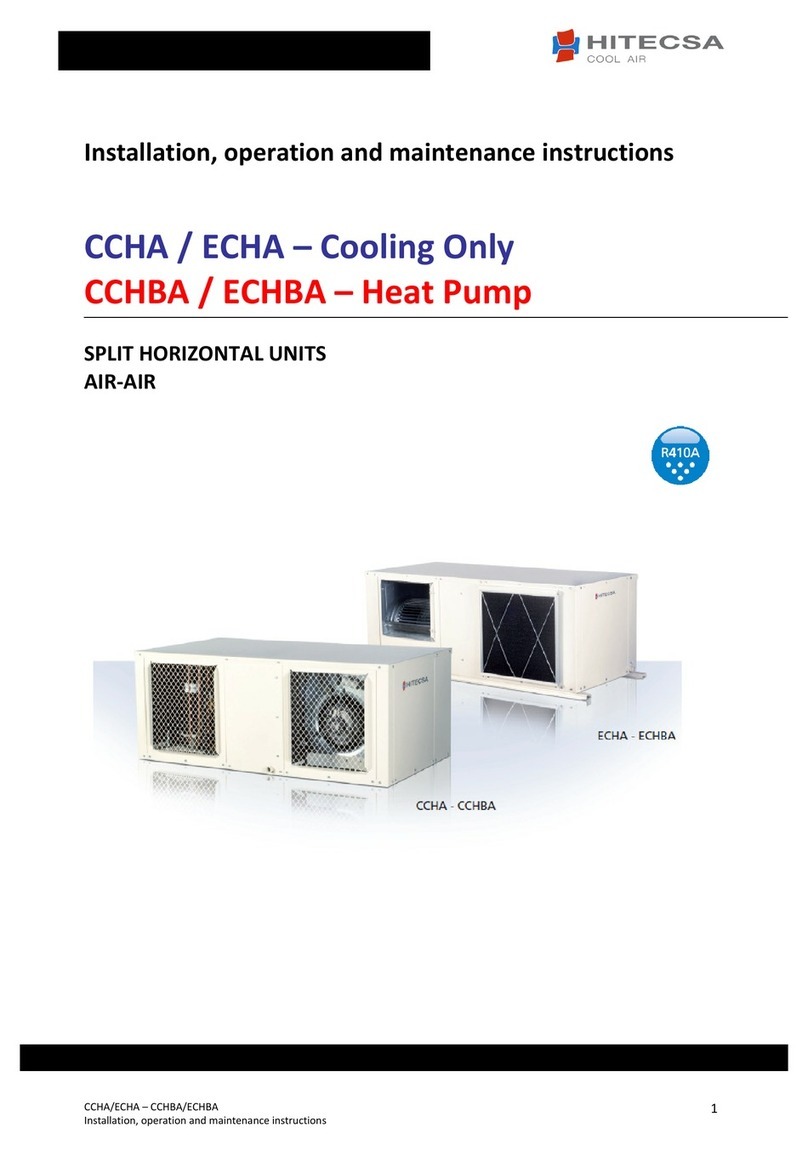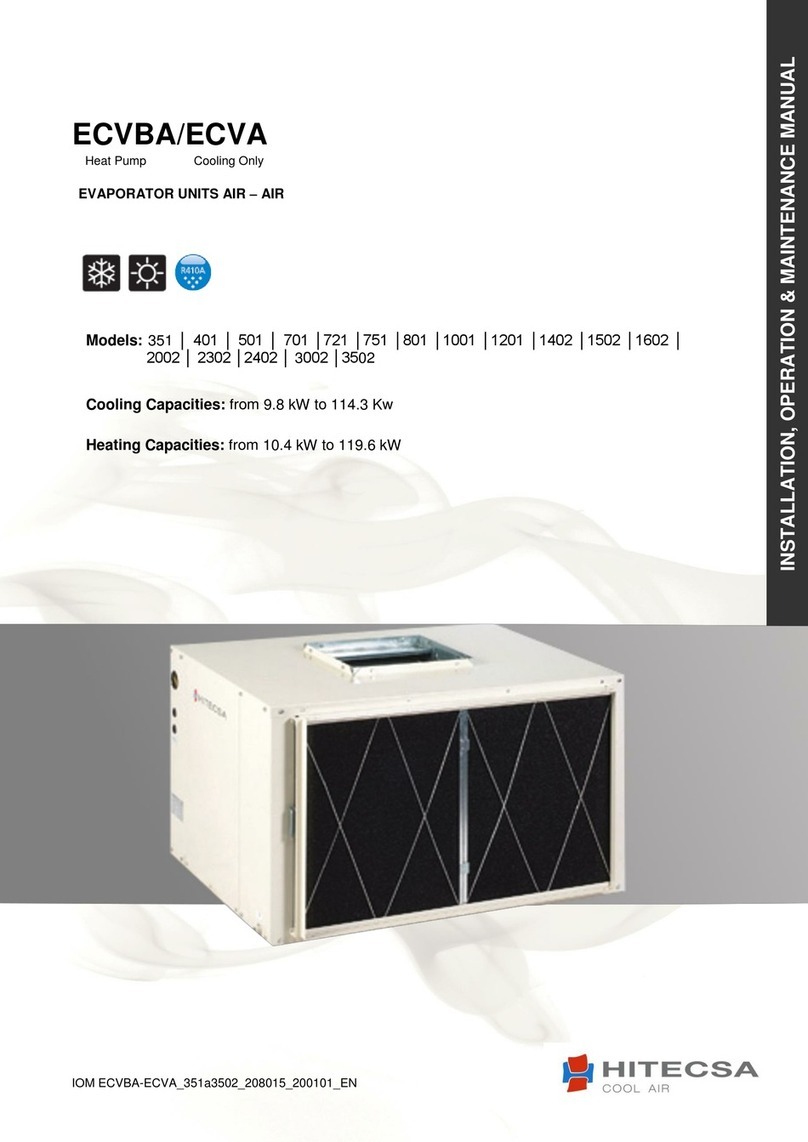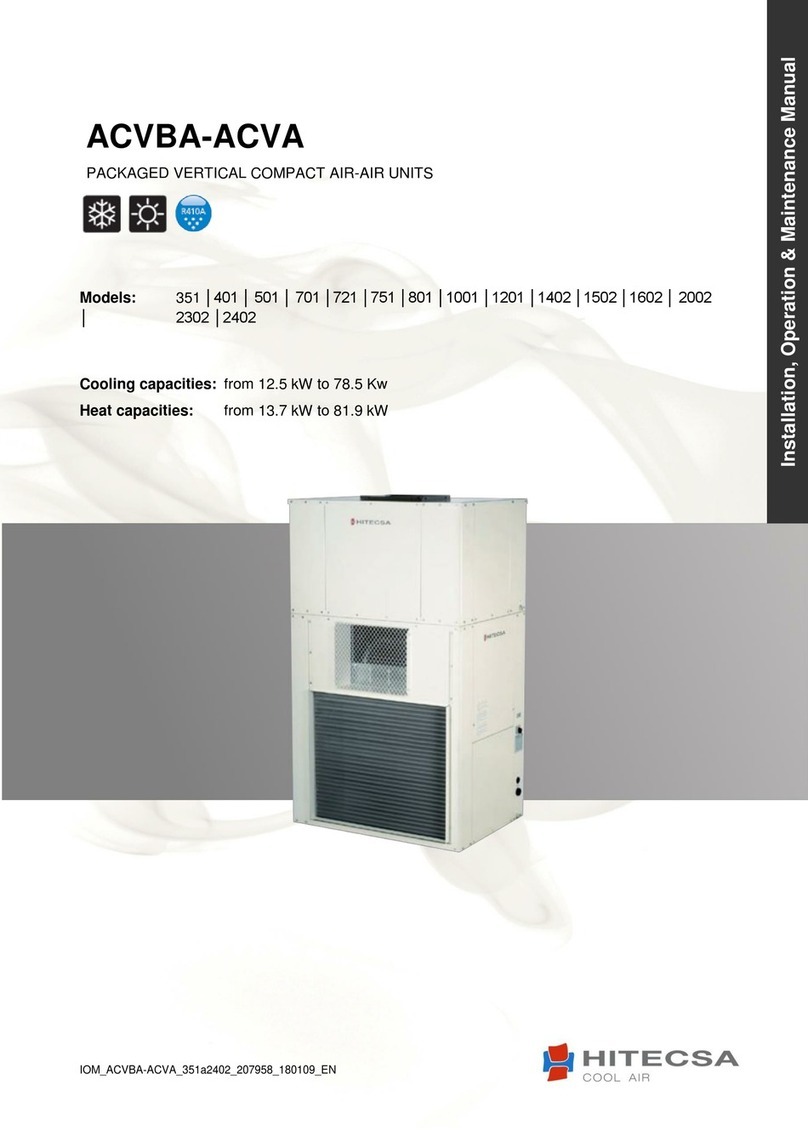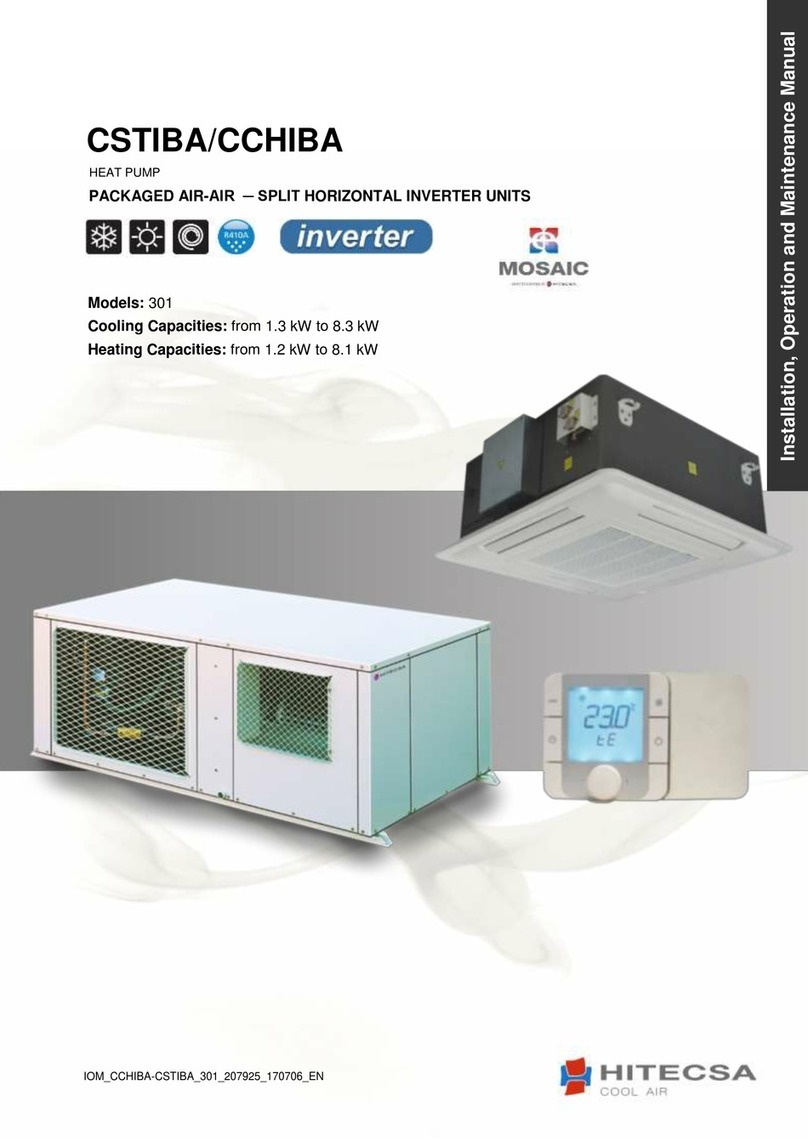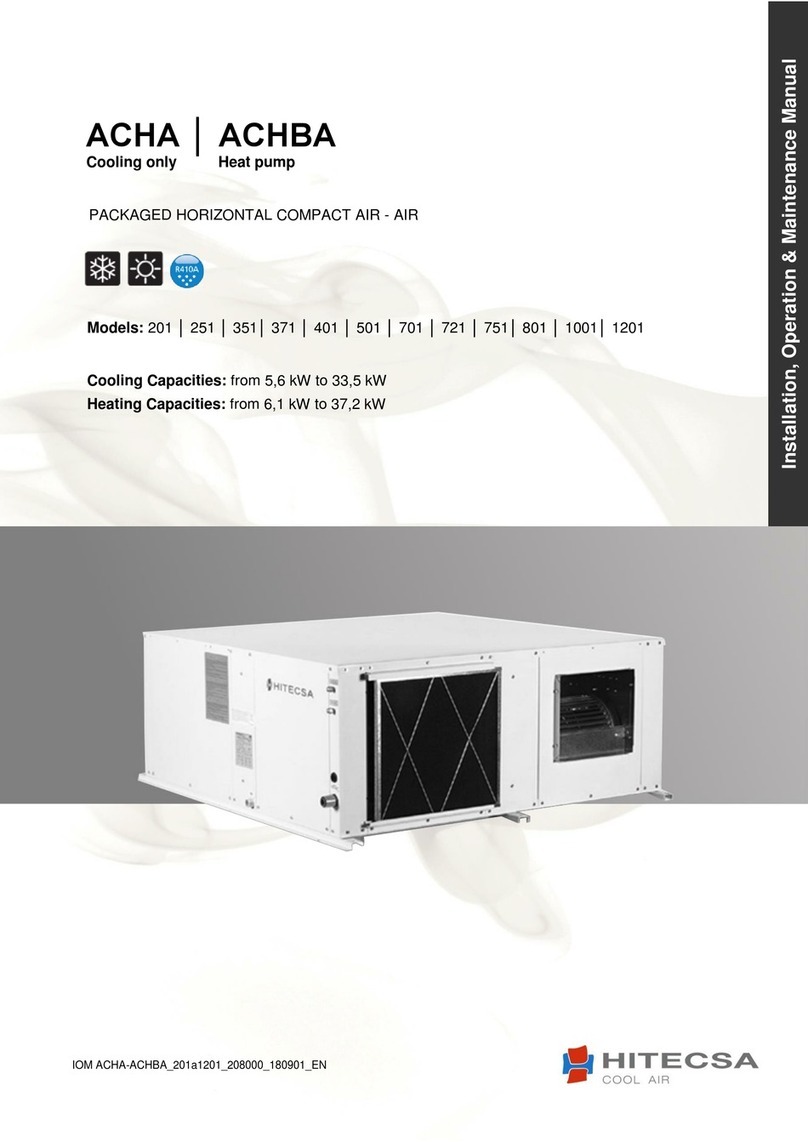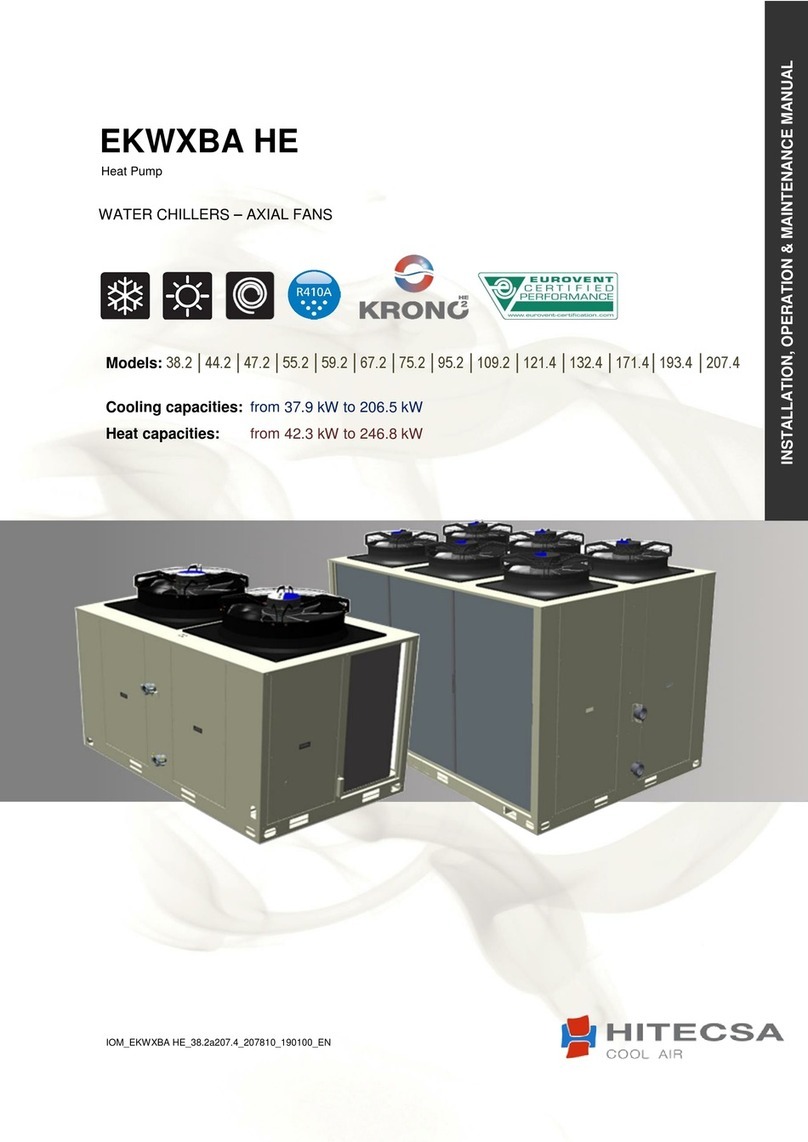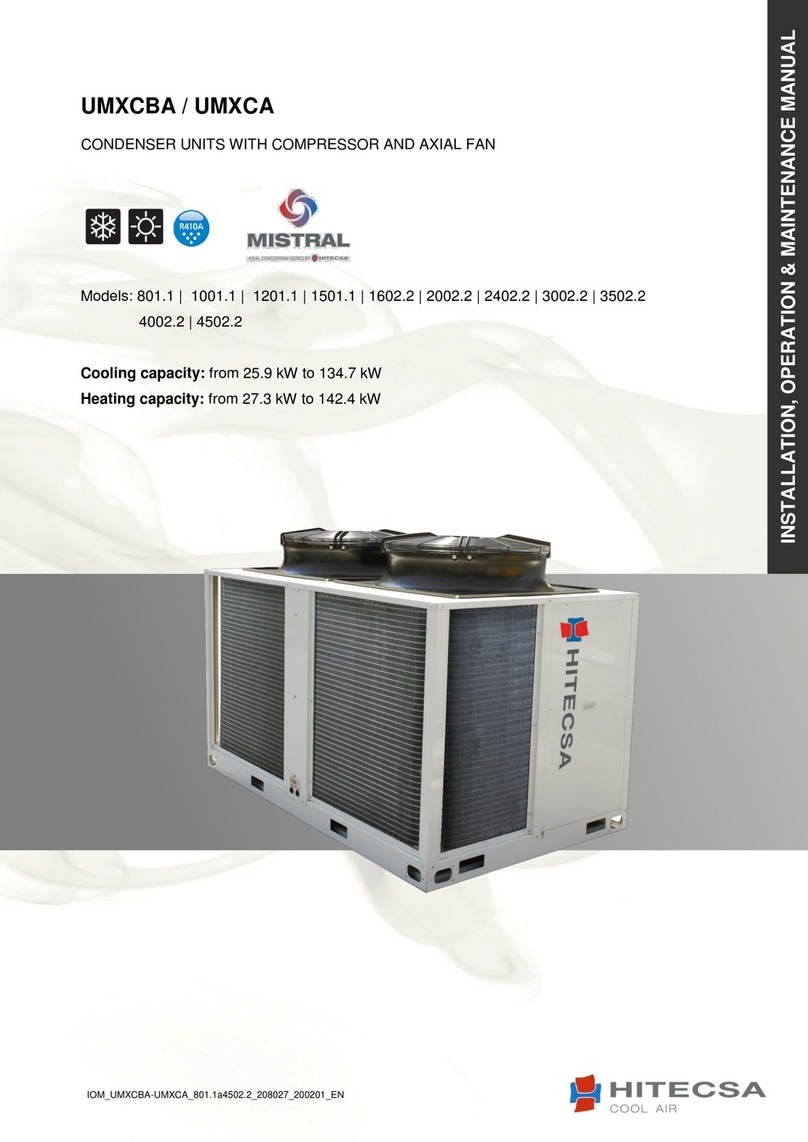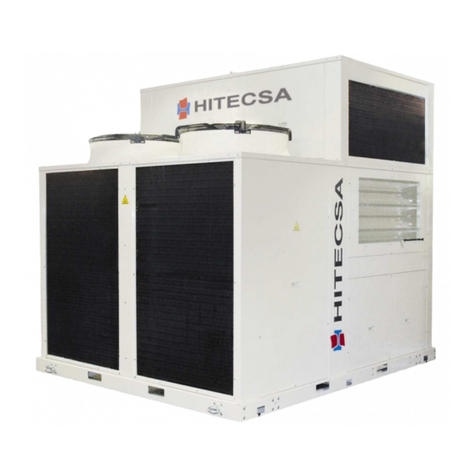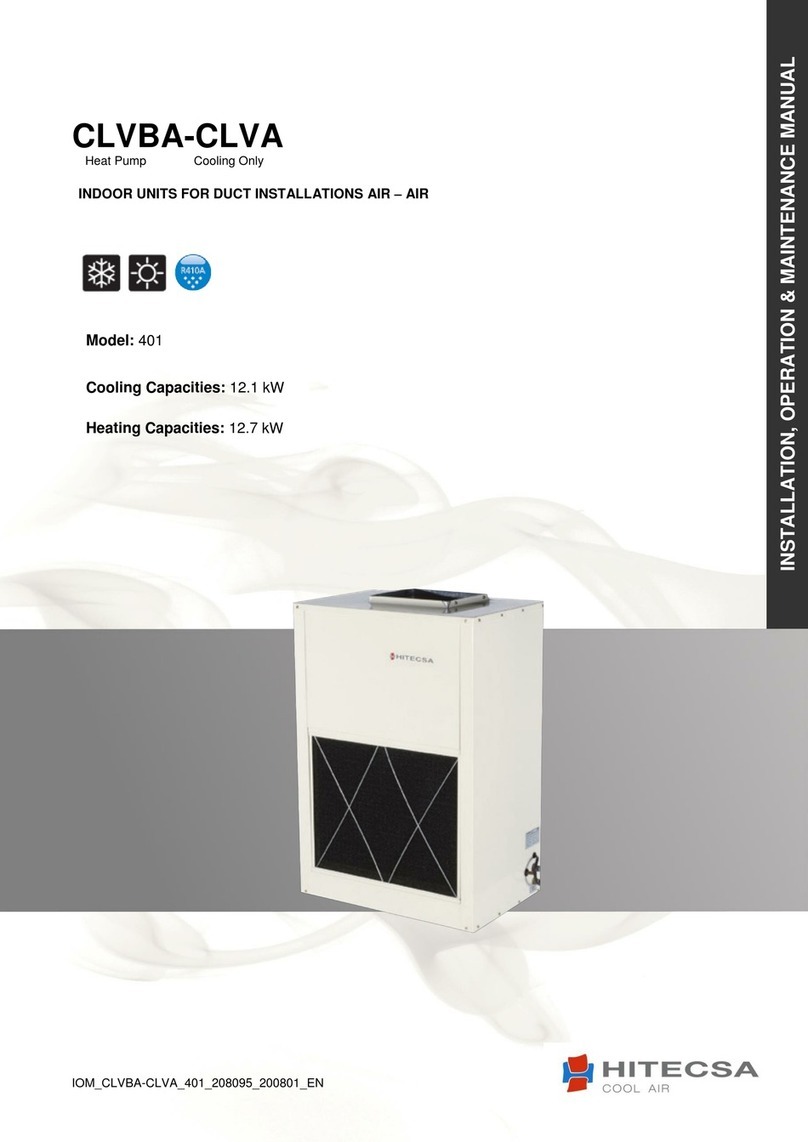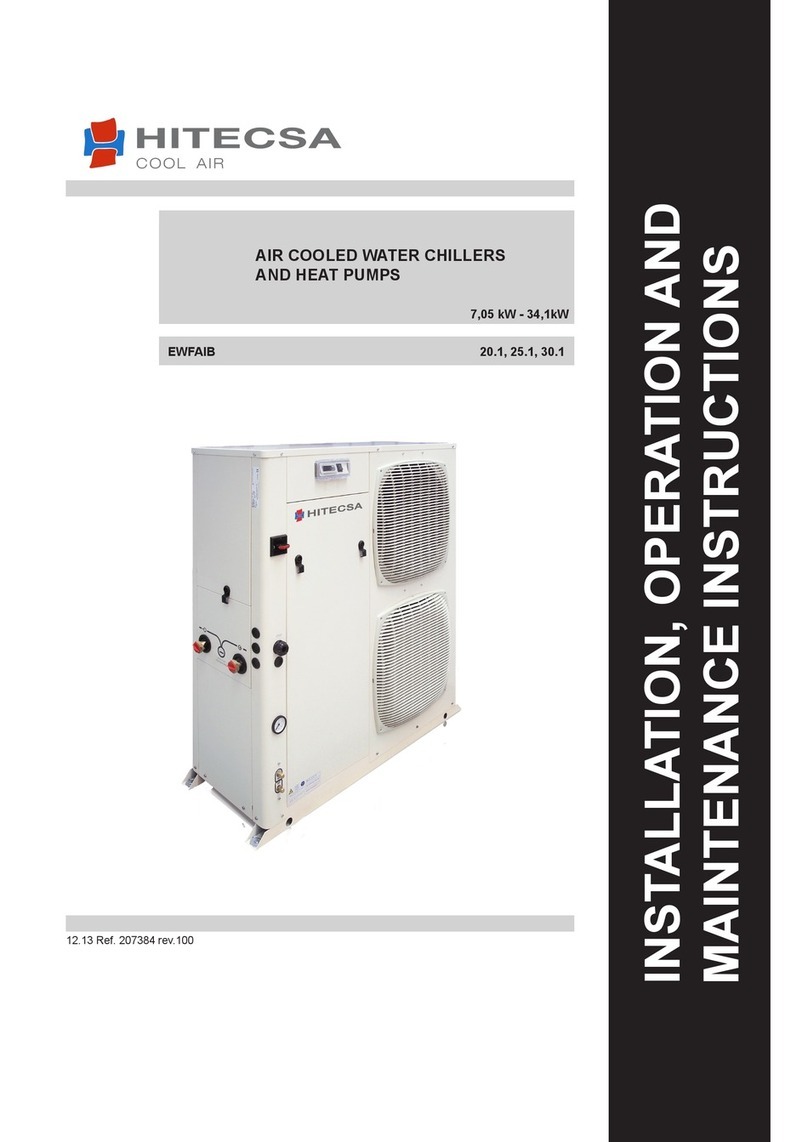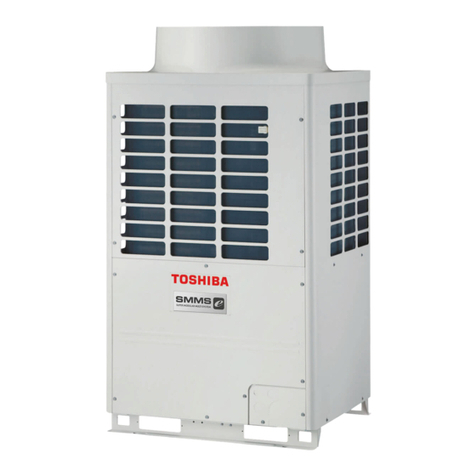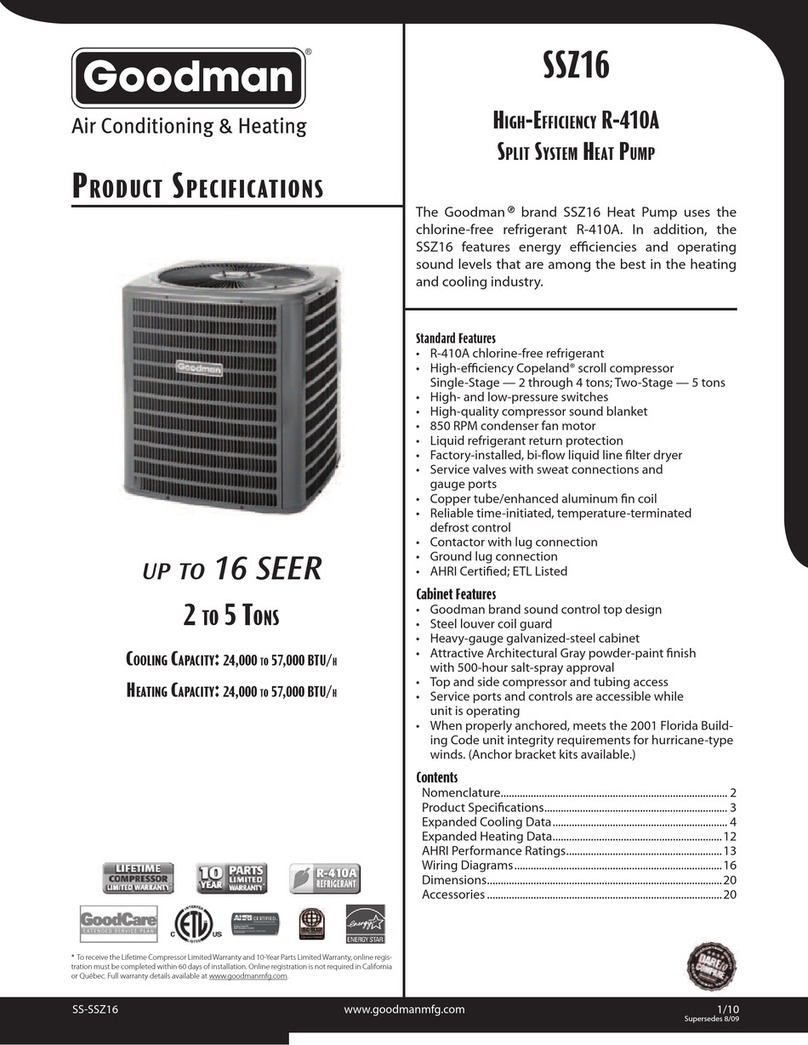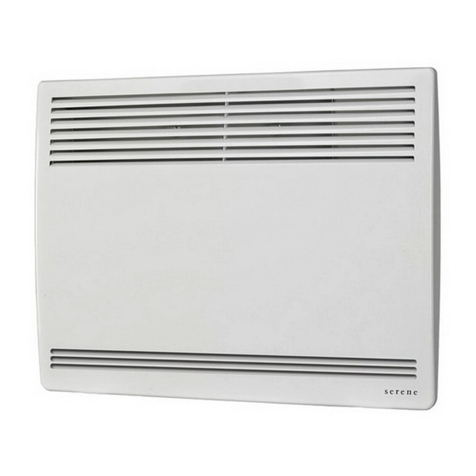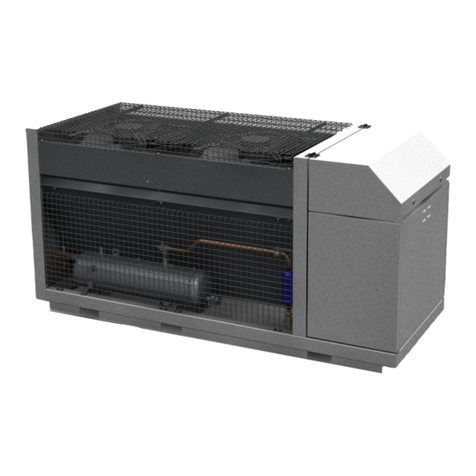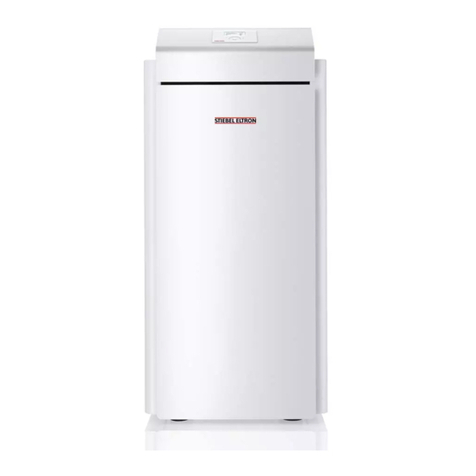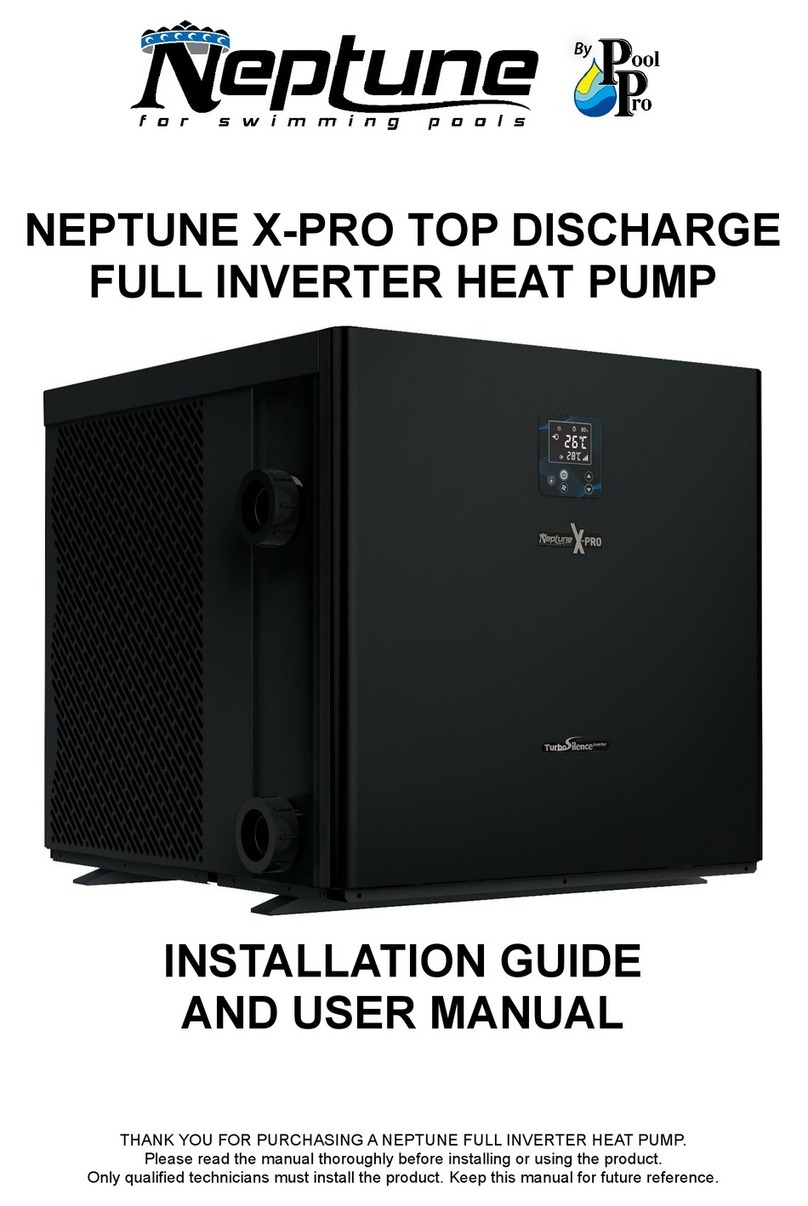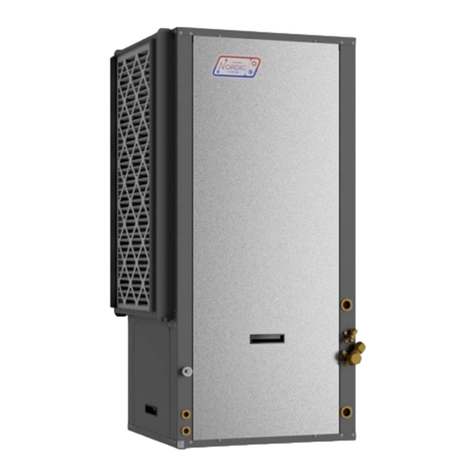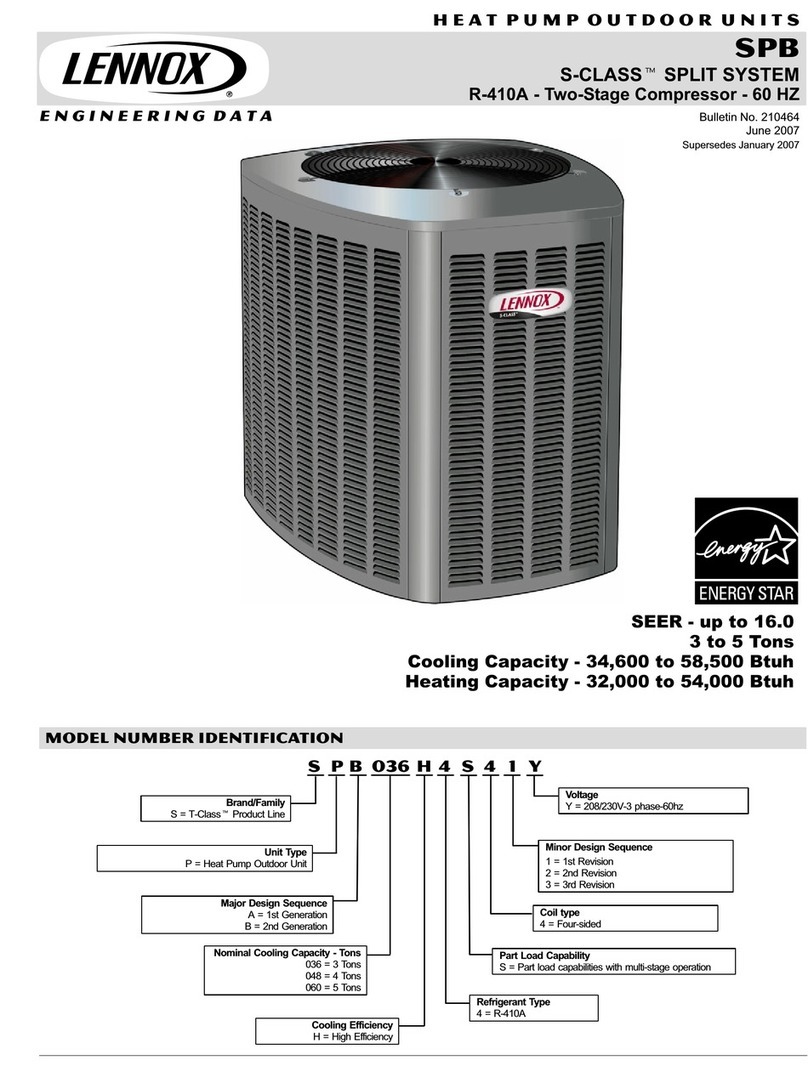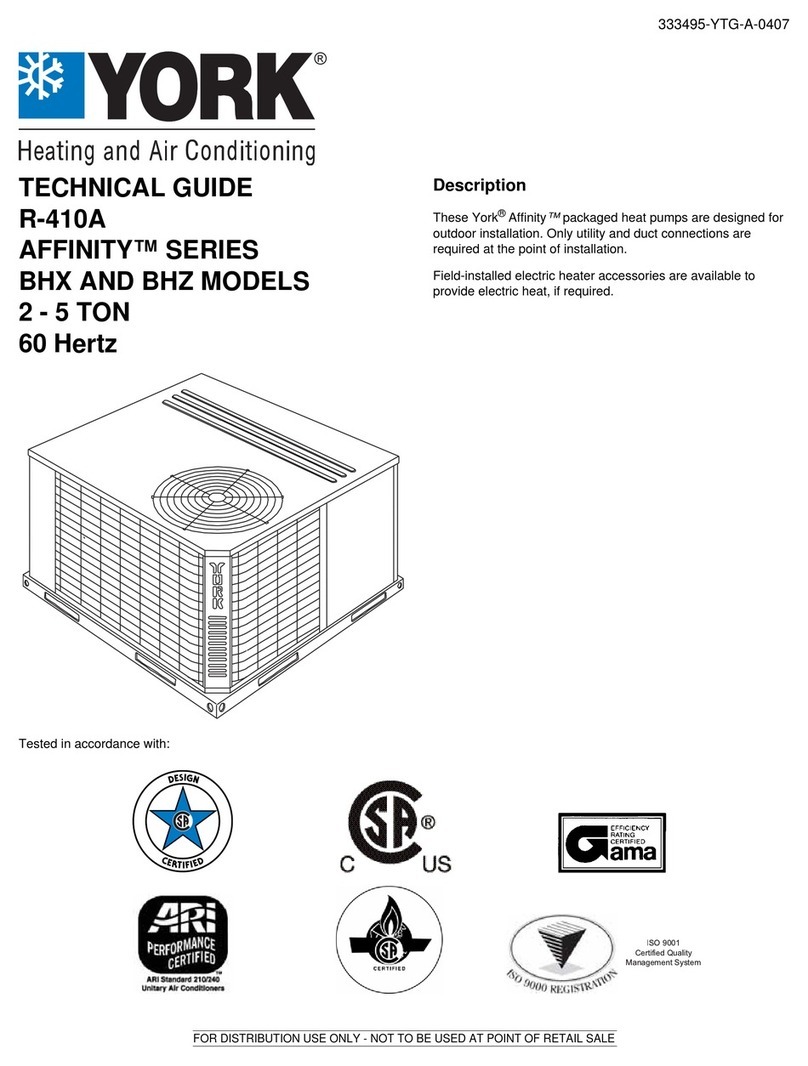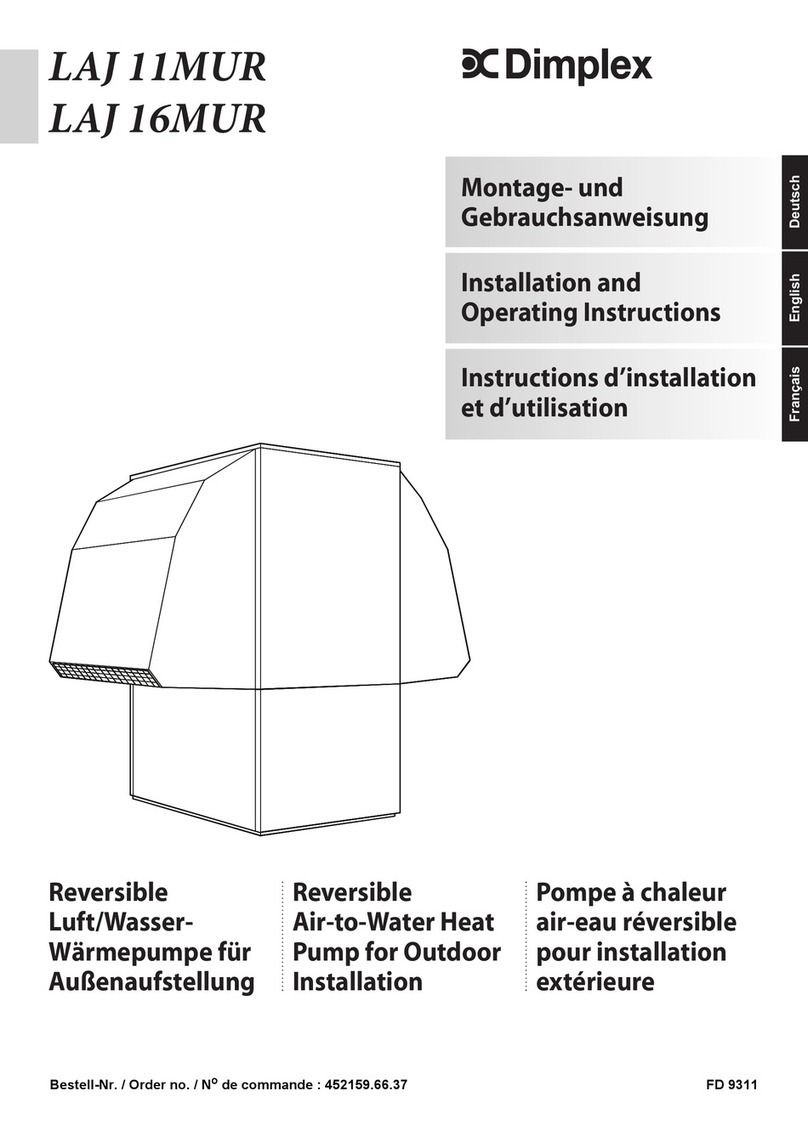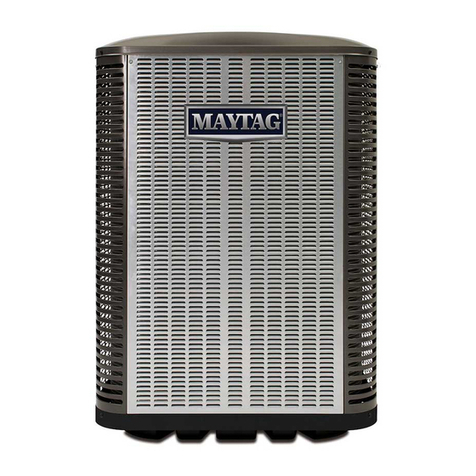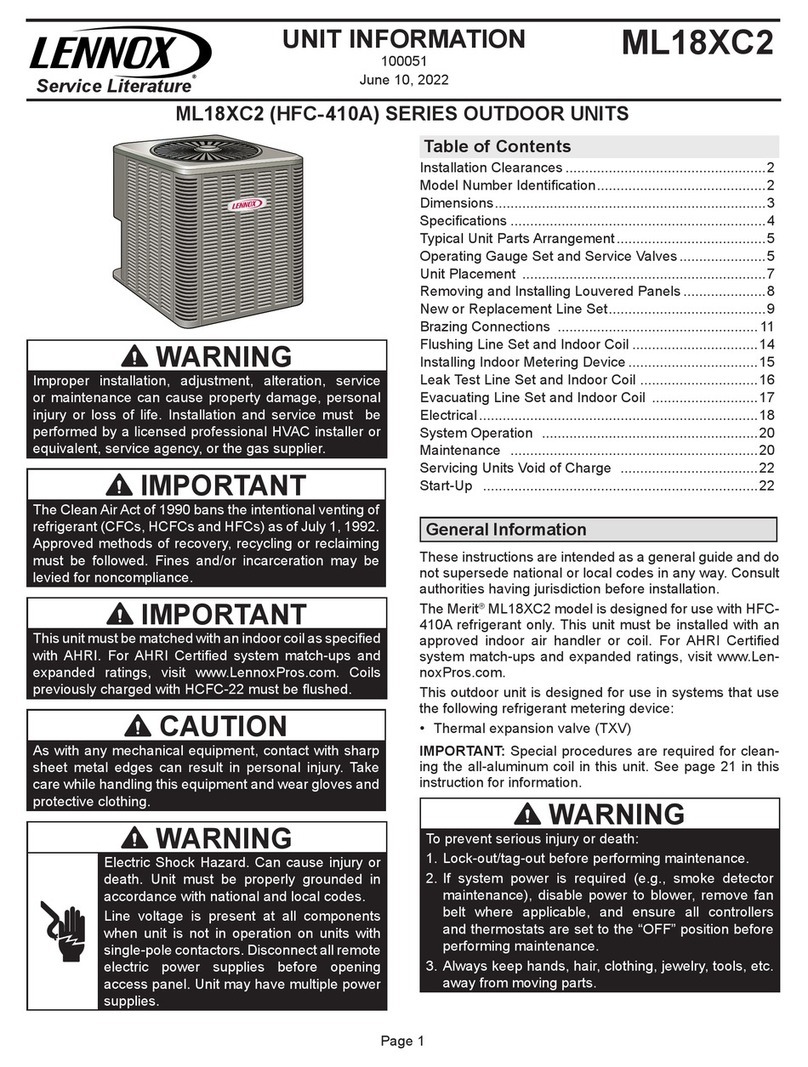
20
IOM_ACHIBA ei_17ei a 35ei_208024_200104_EN
ACHIBAei
AIR-AIR PACKAGED UNITS
COMPACT HORIZONTAL INVERTER
MAINTENANCE
CONSERVATION AND CLEANING
Precaution!
Do not use aggressive cleaning products nor varnish solvents.
Avoid water penetration inside the motor or to the electronic components (e.g. through the direct contact with joints
or holes of the motor), observe the protection class (IP).
Electrical circuit: Make sure that all electrical connections –wires, contactors and terminals- are properly tight. Register
the readings of kW and amperes at each compressor and fan motor phase. Verify the starting current. Check the start
current. Check that all mechanical components, pressure switches and so on are working properly.
Refrigeration circuit: Check if there is any refrigerant leak, noises or vibration. Proceed to measuring temperatures
and/or pressures of components of the most important components of the system and register them on the
maintenance sheet (compressor discharge and suction, expansion valve, exchangers’ inlet and outlet, etc…)
Compressor: Check regularly the lubricant level, presence of vibrations or noise and motor insulation.
Drainage system: Verify the condition and the correct operation of the drainage tray and drain trap. It is necessary to
clean the condensate trays after the first day of operation. Then, clean them at least once a year. Take into account the
meteorological conditions, e.g. in areas where falling leaves or the flight of seeds may obstruct the drain trap, it will also
be necessary to clean them at mid and late spring and autumn. The dates are approximate and will depend on the
blooming, falling leaves, seeds, etc. of the plants of the zone or the human activity or any other cause.
Air filters: Clean the filters after the first operating hours to remove possible light materials such as pieces of paper or
polystyrene, etc. that may have been dragged through air circulation. Clean again every 3 months (or more often
depending on operation). The filters can be cleaned with soapy water. Then rinse them with clean water and let dry. If
necessary replace the filters before they are in poor conditions (refer to the current legislation, EN 779, UNE-EN
13053…).
Coils: At least once a year clean the condenser coils with water and detergent, then dry with air at low pressure. Never
clean with a wire brush, water and/or air at high pressure (max. 6 bar).
Fans: Check the direction of rotation of the fans, verify their carriers. Check the transmission elements and the operating
status.
Before handling the fan make sure that it is disconnected fromthe main power supply even though it is already stopped
and control that nobody may start it during the intervention.
-A regular inspection of the unit is required to avoid dirt accumulation in propellers, turbines, motors and grids that
could entail risks and significantly shorten their life. The frequency will depend on the working conditions.
-Keep the airways of the fan free –danger because of objects dropping out!
-Check the free flow of the condensation water through the evacuation openings is necessary (if there are any).
-During cleaning operations be very careful not to unbalance the propeller or the turbine.
-In case of incorrect cleaning operations no guarantee is assumed regarding corrosion formation / paint adhesion for
unpainted / painted fans.
-To avoid humidity accumulation in the motor the fan must be operated during at least 1 hour at 80 to 100% of its
maximum speed before cleaning!
-After the cleaning process the fan must be operated for 2 hours at 80 to 100% of maximum speed for drying
purposes!
-Check the fan regularly to detect possible mechanical vibrations (recommended every 6 months). Keep in mind the
limit values indicated on ISO 14694 and perform correction measures in case of exceeding them (e.g. posterior
balance by trained specialists).
-Check the impeller in particular weld-seams to detect possible cracks.
-Motors and fans do not need additional lubrication due to the use of “life-long lubrication” ball bearings. At the end of
the grease life period (30-40.000h approx.) the bearing shall be replaced. Please contact our Service Department in
that case as well as for any damage (e.g. to the coil or electronical parts).
-




















